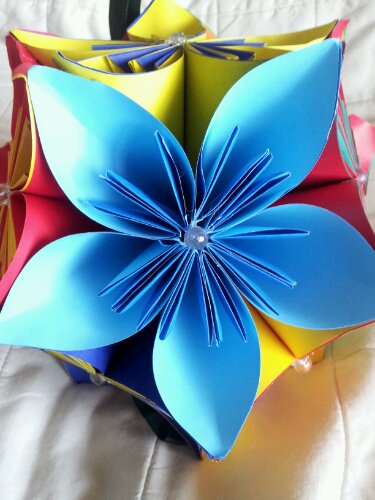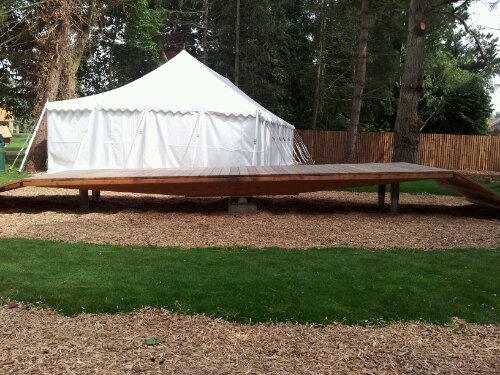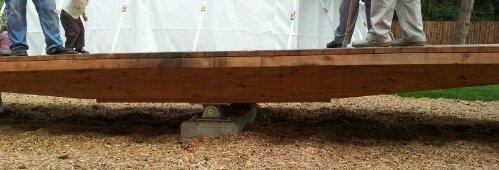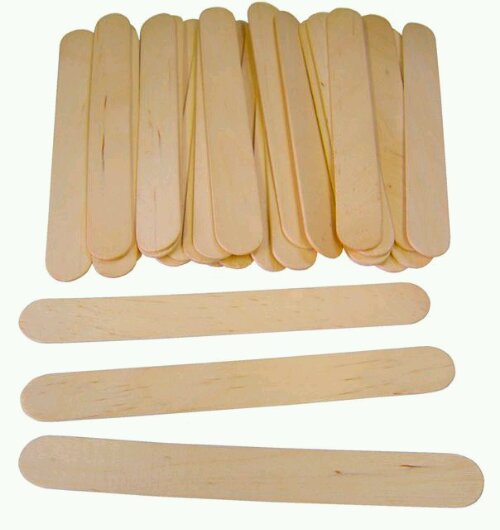Wow … September again and many people will be meeting new faces for the first time. Learning names, setting out classroom rules, figuring out who’s got all the textbooks you need …
Back in July I made Kusudama flower balls with a couple of classes. It occurred to me then what a great ice-breaker they could be. They’d also be a nice maths club project.
Definition of Kusudama from Wikipedia
You will need:
- 5 squares of paper for a flower
- 12 flowers for a ball
- 60 squares of paper in total (sugar paper is cheap, but doesn’t tape together well)
- String if you wish to hang it up
- Card if you wish to mount a half ball on the wall
- Sticky stuff: glue sticks or glue dots or pva glue or tape or a hot glue gun – whatever works for you!
- Beads or ribbon for decoration (optional)
Activity
- The instructions assume 30 pupils in a class. Let each pupil make a petal following the step by step instructions and then independently make another (2 petals each).
- Pupils pair up and stick two petals together (1 petal each and 1 pair stuck together).
- Pairs team up with another pair and stick their pairs together (1 petal each and 4 petals stuck together).
- One person in the four uses their extra petal to complete the flower – that person is in charge of the flower ( three people with 1 petal, one person with a flower).
- Flower pupils form a group and start sticking their flowers together.
- Petal pupils work with new people in groups of 5 and create another flower.
- Eventually 12 flowers are completed and stuck together.
Notes:
- String should be firmly attached before the ball is complete.
- It is advisable to staple a half ball to card or the wall to prevent it collapsing.
Thank you to @c0mplexnumber for the original inspiration for this activity.
Have fun folks!









